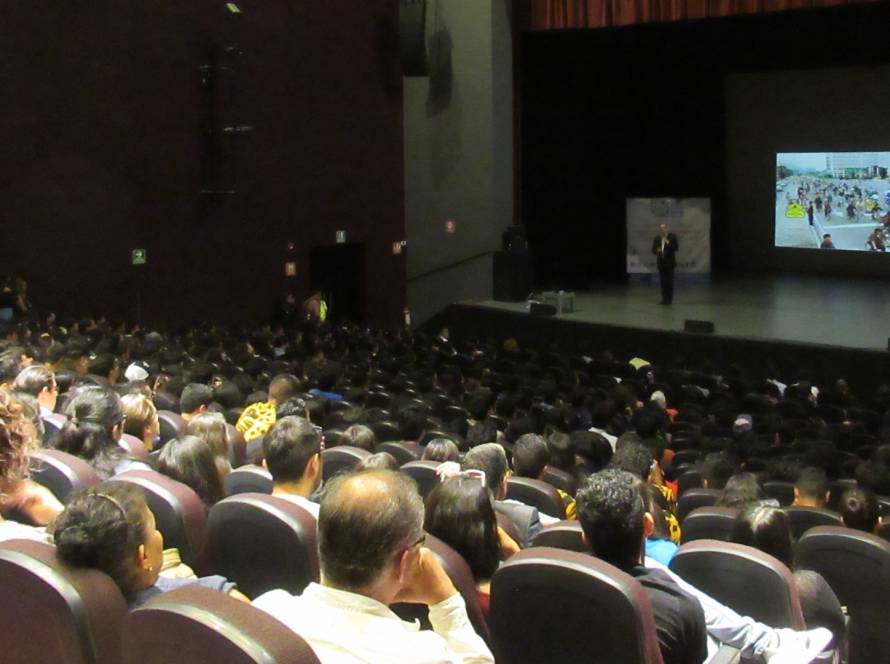Key Takeaways
-
- Climate action and urban imperatives require a fundamental shift from acquiring new objects to the reintegration and healing of existing cities and infrastructure.
- Architects, planners and citizens have the agency to steer decarbonization toward collateral benefits of healthier, more equitable, resilient communities, and must build broad coalitions around that shared vision.
Summary
-
- Building Cities for Profit vs Building Cities for People:
- 20th‑century “modernism 2.0” (glass‑tower office blocks, auto‑centric suburbs) solved past problems but created sprawl, waste and social disconnection.
- New is not always better when building cities for people.
- Shifting from conventional fuel cars to electric vehicles is not the solution. Changing the ‘type’ of car doesn’t solve the issue of space and congestion.
- Similarly, glass buildings and tall towers are not better than traditional buildings. In 50 years, once the assembly wears off, most of these buildings will be torn down and end up in a landfill.
- Permanence of Buildings:
- Ancient structures such as Baths of Caracalla, Rome and Shibam in Yemen have lasted centuries, proving that buildings can last forever.
- Salvaging and retrofitting existing structures (e.g. pre‑WWII facades, concrete frames) avoids colossal demolition waste and preserves embodied carbon.
- Performance Follows Form: Pre‑modern bioclimatic design with operable windows, solar‑responsive facades, and thermal chimneys, achieved comfort with zero or minimal energy; modern buildings must relearn those principles.
- Building Cities for Profit vs Building Cities for People:
How can Cities apply these learnings?
-
- Audit major projects: prioritize community‑driven retrofits over new flagship towers.
- Update codes to require climate‑responsive form: façade orientation rules, mandatory solar shading, incentive for operable wall systems, etc.
- Convert under‑used roads & parking into people‑centric zones: plazas, play streets, slow‑traffic ‘complete streets’.
Ideas for further reading
-
- Going for Zero: Decarbonizing the Built Environment on the Path to Our Urban Future – Book by Carl Elefante
- If the Past Teaches, What Does the Future Learn? Ancient Urban Regions and the Durable Future – Book by John T. Murphy and Carole L. Crumley, eds.
- The Passive Solar Energy Book: A Complete Guide to Passive Solar Home, Greenhouse and Building Design – Book by Edward Mazria
- Adaptive Thermal Comfort: Foundations and Analysis – Book by Fergus Nicol, Michael Humphreys, and Susan Roaf.


